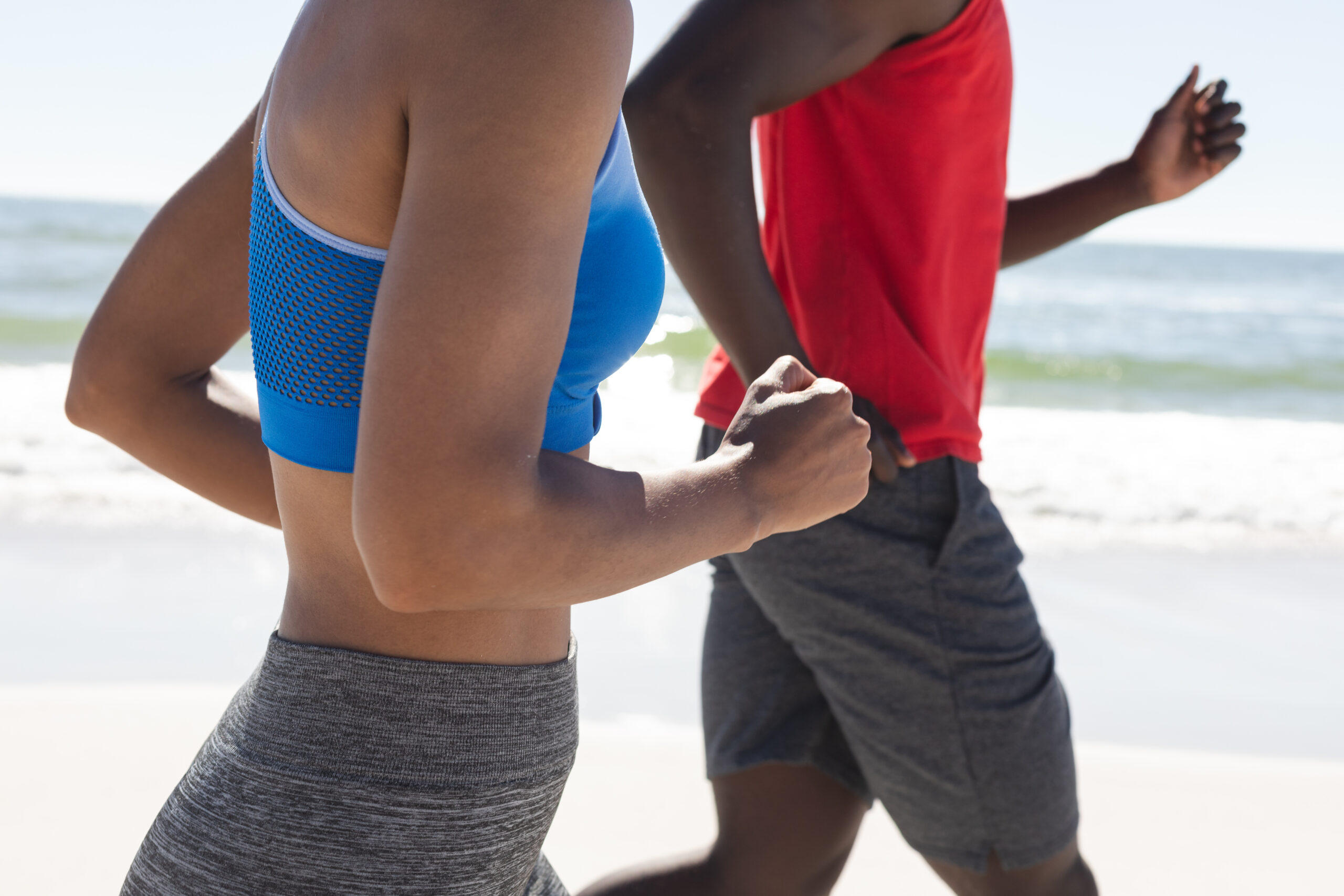
Summer brings a fresh wave of energy and change. With longer days, warmer temperatures, and a shift in routines due to vacations and outdoor gatherings, it’s easy for regular exercise habits to take a back seat. But the summer season also presents the perfect opportunity to move more, soak up the sunshine, and stay on track with your fitness goals—if you approach it the right way.
The abundance of daylight and pleasant weather opens up a world of active possibilities for individuals and families alike. Whether it’s biking, swimming, skating, or simply taking a walk around the neighborhood, summer is made for movement. Even simple activities like gardening, jumping rope, or pushing a stroller count as meaningful physical activity. However, while outdoor workouts can be both fun and refreshing, they also come with a few challenges, especially when it comes to managing heat and staying hydrated.
In this article, we’ll explore practical, safe, and enjoyable ways to keep your body moving during the summer months. From creative family-friendly activities to essential safety tips for avoiding heat-related injuries, this guide will help you make the most of the season without compromising your health or fitness routine.
As temperatures rise, exercising outdoors can feel more challenging, but with a few adjustments, you can stay safe, comfortable, and continue performing at your best. Here are some smart strategies to help your body adapt to the heat and make the most of your workouts during warmer months.
Avoid the peak heat by scheduling your workouts in the early morning or late evening. These cooler hours reduce your risk of heat exhaustion and make exercising more enjoyable. Not only does this help you stay comfortable, but it also allows for better endurance and performance.
Hydration is non-negotiable in hot weather. Make sure to drink water before, during, and after your workout to replace the fluids you lose through sweat.
Staying consistently hydrated improves energy, reduces fatigue, and protects against heat-related illnesses.
What you wear matters more than you might think. Choose lightweight, breathable, and moisture-wicking fabrics that help your body stay cool by pulling sweat away from your skin. Opt for light-colored clothing that reflects sunlight, rather than absorbing heat like darker colors. And don’t forget a hat or visor and UV-protective sunglasses for added sun protection.
Sudden exposure to hot temperatures can shock your system, regardless of your fitness level. To safely transition into summer workouts, allow your body 10 to 14 days to gradually acclimate to the heat.
How to do it:
This process helps your body regulate temperature better, sweat more efficiently, and maintain performance even in rising heat.
Not everyone reacts to heat the same way. Certain individuals are more vulnerable to heat-related illnesses, including:
If you fall into any of these categories, consider exercising during cooler parts of the day—or take your workouts indoors where there’s air conditioning.
Proper hydration isn’t just a workout tip—it’s a daily requirement, especially in warmer weather. Sweating more means you’ll need to drink more to stay balanced.
Hydration guidelines:
Pro tip: Your urine color can be a quick hydration check—clear or pale yellow usually means you’re well hydrated.
Hydration doesn’t only come from your water bottle. You can also boost your fluid intake by incorporating water-rich foods into your meals and snacks.
Hydrating foods include:
These foods not only help with hydration but are also light, refreshing, and perfect for summer nutrition.
Planning to sweat? Skip the heavy meal beforehand. Eating too much right before exercising in the heat can leave you feeling sluggish and uncomfortable.
Why? Digesting food takes energy and raises your core temperature. It also diverts blood flow away from your muscles, which can lead to cramps, bloating, or fatigue mid-workout.
Instead, opt for a light snack 30–60 minutes before activity, such as:
This gives you enough energy without overwhelming your digestive system.
Don’t overlook sun safety—it’s just as crucial as hydration. Too much sun exposure increases your risk of skin damage and even skin cancer, especially during long outdoor workouts.
Here’s how to stay protected:
Also consider wearing UV-protective clothing, a hat, and sunglasses for extra defense.
Exercising in the summer heat can be invigorating, but it requires extra planning and mindfulness. By allowing your body time to adapt, staying hydrated, and understanding your risks, you can enjoy the benefits of outdoor fitness without compromising your well-being. Remember: listening to your body is just as important as moving it.